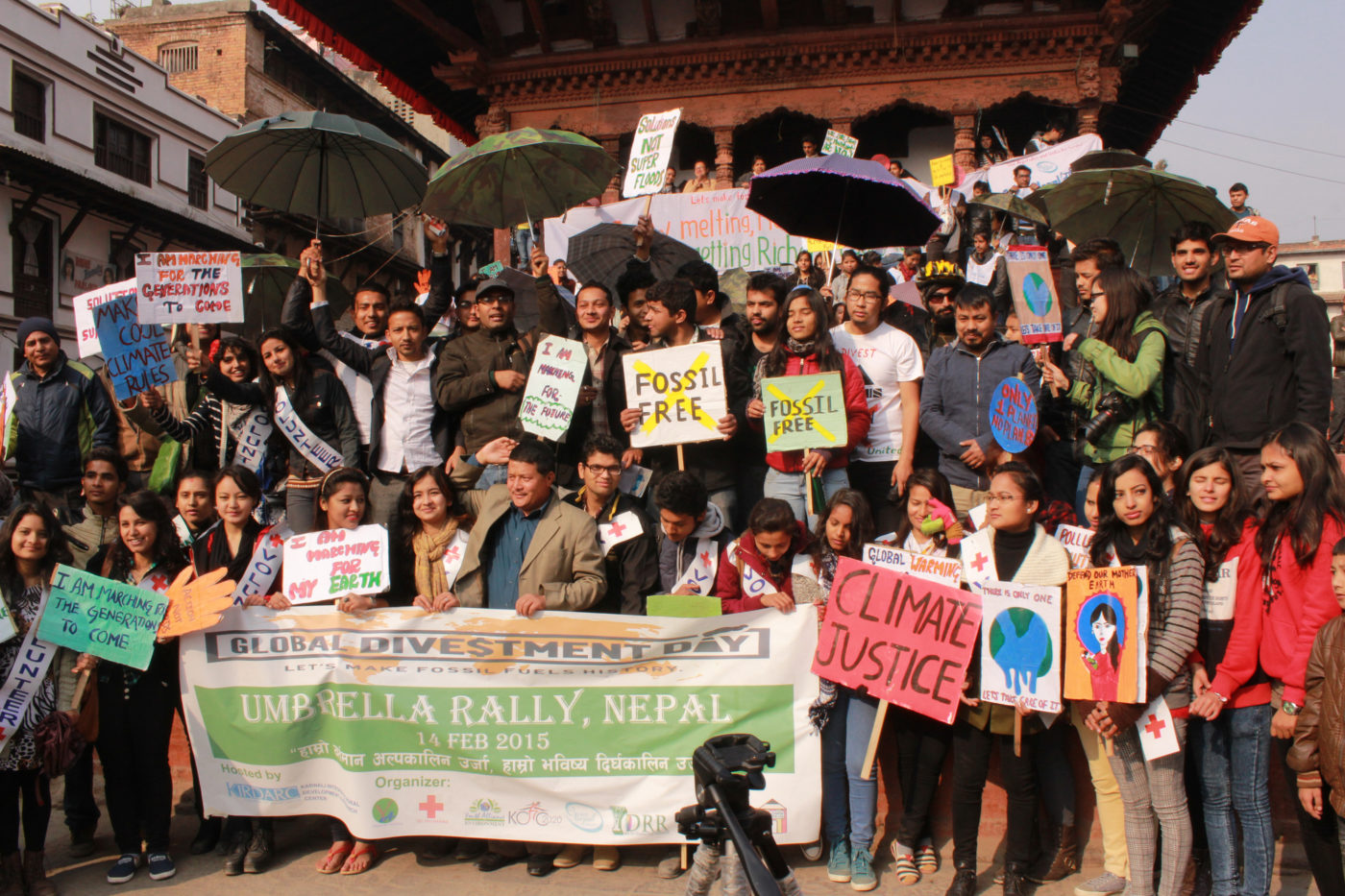In 2013, we set out to unearth the tactics being used by Greenpeace staff to develop successful mobilisation strategies and people-powered campaigns. But we soon discovered that people in multiple offices were wondering the same thing:
In order to win big, we need to ensure the teams within an office are working seamlessly together. What are the tools we can use to make sure that happens?
As it turns out, many Greenpeace offices are experimenting with tools and mechanisms to ensure that smooth, effective integration is happening among their teams.
We partnered with Daniel Atwood and Sam Dorman – experienced consultants in this field – to help surface successful practices or “bright spots” for a toolkit highlighting ongoing experiments in team integration. You can explore these tools in two ways:
- By trait: We found six common “traits”, or best practices, that promote strong mobilisation integration.
- By country or region: You can also view a report of several tools at work within a specific national or regional office (NRO).
The NROs we spoke with were all heavily invested in different forms of mobilisation integration, but they emphasized that many of these tools are highly experimental. They shared them here so that we can all build on one another’s efforts to do more effective campaigning and win bigger victories — not just for Greenpeace but also our allies and partners.
While this was originally put together in 2013, when MobLab was a part of Greenpeace, we believe the cases gathered here offer insight and inspiration as relevant now as when this was first published.
Explore by Country or Region
Argentina
- The Meetings Mandate
- “Campaign Brief” Agreements
- The Two-Hour Window (for outreach approval)
- Semi-Annual All-Staff Planning Brainstorms
- Shared Goals and Data for Mob and Fundraising
Netherlands
- “Oergroepen” (Programmatic Teams)
- Integrated Outcomes Planning
- Decision-Making Model
- Meeting Skills Training / Leadership Development
- Supporter Contact Strategy
Southeast Asia
Spain
Explore by Trait
Sharing a Vision
- Constituency Mapping
- Mobilisation Bootcamps
- All-Staff Idea Pitching
- Integrated Campaign Planning Teams
- All-Staff Campaign Peer Review
- “Oergroepen” (Programmatic Teams)
- Decision-Making Model
- Semi-Annual All-Staff Planning Brainstorms
Constant Cross-Pollination
- Integrated Campaign Planning Teams
- All-Staff Campaign Peer Review
- “Oergroepen” (Programmatic Teams)
- Meeting Skills Training / Leadership Development
- The Meetings Mandate
- Semi-Annual All-Staff Planning Brainstorms
Value Expertise and Influence
- All-Staff Idea Pitching
- All-Staff Campaign Peer Review
- Decision-Making Model
- “Campaign Brief” Agreements
- Supporter Contact Strategy
- Semi-Annual All-Staff Planning Brainstorms
Execute with Autonomy
- Shared Campaign Calendars and Documents
- Decision-Making Model
- “Campaign Brief” Agreements
- The Two-Hour Window (for outreach approval)
Establish and Measure Metrics Together
- Constituency Mapping
- Integrated Database — The Holy Grail
- Integrated Outcomes Planning
- The Meetings Mandate
- Shared Goals and Data for Mob and Fundraising
Coordinate During Campaigns
Top photo: Global Divestment Day action in Kathmandu, Nepal. Photo by Sanot Adhikari / 350.org. CC BY-NC-SA 2.0
